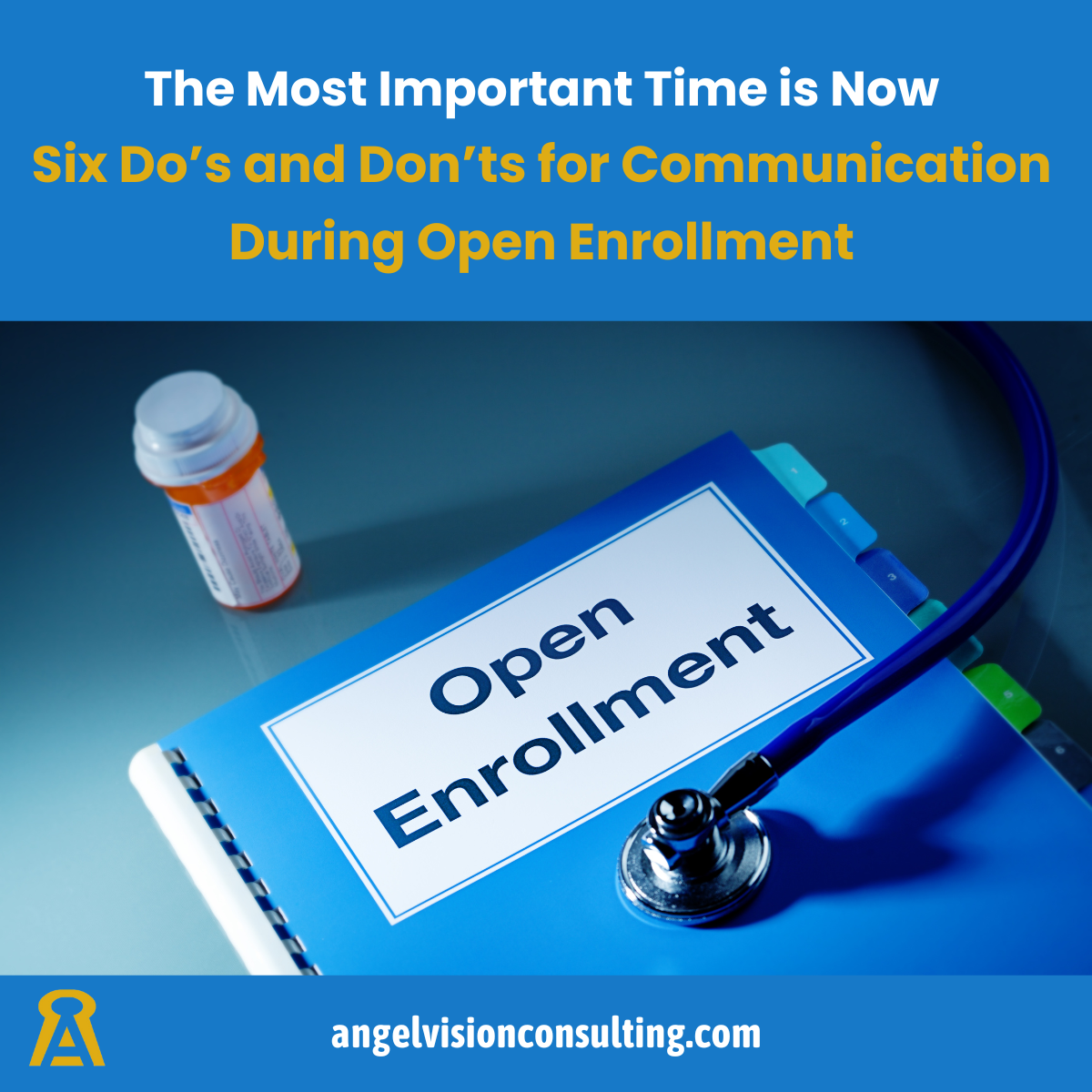Maximizing Your Benefits: A Year-Round Guide
Check out 5 Tips to Make the Most of Your Benefits
If you recently navigated the open enrollment period for your health benefits—whether through your employer or a healthcare exchange—you're not alone. Open enrollment is that annual window where you evaluate your benefit options, make your selections, and then move on to the next task. Interestingly, HR Dive notes that employees spend an average of only 18 minutes enrolling in benefits.
If you fall into this average, there's a good chance you could benefit from a deeper dive into your options and how to make the most of them throughout the year.
1. Assess Your Benefits Inventory
During open enrollment, you likely had a variety of benefits to choose from, typically falling into these categories:
- Health Insurance
- Supplemental Benefits: Dental, vision, accident, specific disease coverage
- Account-based Plans: HSAs, HRAs, Health FSAs, Dependent Care FSAs, Commuter Benefits, Adoption Assistance Programs
- Retirement Plans: 401(k) or 403(b)
- Other Voluntary Benefits
- Don't forget to account for the services your employer provides automatically. Common options include mental health apps, Lifestyle Spending Accounts, Employee Assistance Programs (EAPs), Parental Benefits, and Financial Wellness Programs.
2. Understand Your Benefits Rules
Benefits can be complex, and each program has its own set of rules. For each benefit identified in step 1, ask yourself these questions:
- What is this benefit used for?
- How do I use the benefit? Are there rules or limitations?
- What happens if I don't use the benefit?
- Can I make changes to the benefit? If so, under what circumstances?
3. Learn How to Access Your Benefits
Upon enrolling in a benefit, you often receive a "Getting Started" guide that explains how to access and use it. If you renewed benefits from a previous year, consider seeking a refresher from your employer’s benefits coordinator. Ensure you have:
- Any necessary insurance cards, payment cards, or items needed at service locations.
- Login details to view or manage your benefits. Some employers offer single sign-on from a company benefits site, but others require a separate login.
- Confirmation of your personal responsibility for services, including deductibles, co-payments, co-insurance, and out-of-network expenses. Nobody likes surprises at the doctor’s office.
4. Stay Organized and Monitor Communications
Benefits programs are often regulated, requiring claims filings, document submissions, and sometimes denials. With a bit of organization, you can handle these processes smoothly. If you receive a denial notice, consider these steps:
- Provide Additional Documentation: Benefits may require detailed documentation, such as service details, recipient, date, and amount. Insurance companies or medical providers can offer an Explanation of Benefits. Access these through a portal or request a copy.
- Check Service Eligibility: If you believe a service should be eligible, you might need a letter of medical necessity (LMN) from a medical provider or verify the service’s billing code with the provider’s billing department.
5. Utilize "Free" or Included Services
Understand what services or benefits are free or covered each year. While specifics may vary by employer or plan, common services include:
- Preventive Care: Annual wellness visits, preventive screenings
- Vaccinations
- Preventive Medications: Certain preventive drugs or medicines (including insulin)
- Routine Blood Tests
- Preventive Dental or Eye Care
- Wellness Programs: Gym memberships, mental health support
- Employee Assistance Programs (EAPs)
- Financial Wellness Education or Advisory Services
- Paid Time Off (PTO)
- Professional Development: Programs, workshops, courses
- Employee Discounts
Maximizing your benefits can significantly enhance your overall well-being and financial health. By taking the time to thoroughly inventory your benefits, understand their rules, and stay organized, you can fully leverage what’s available to you. Remember, your benefits are designed to support you—make the most of them in the year ahead.


